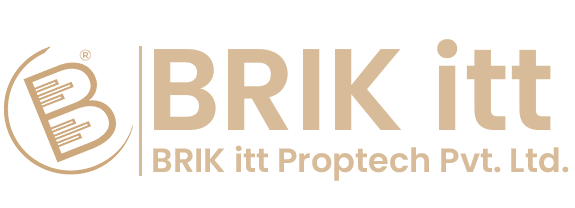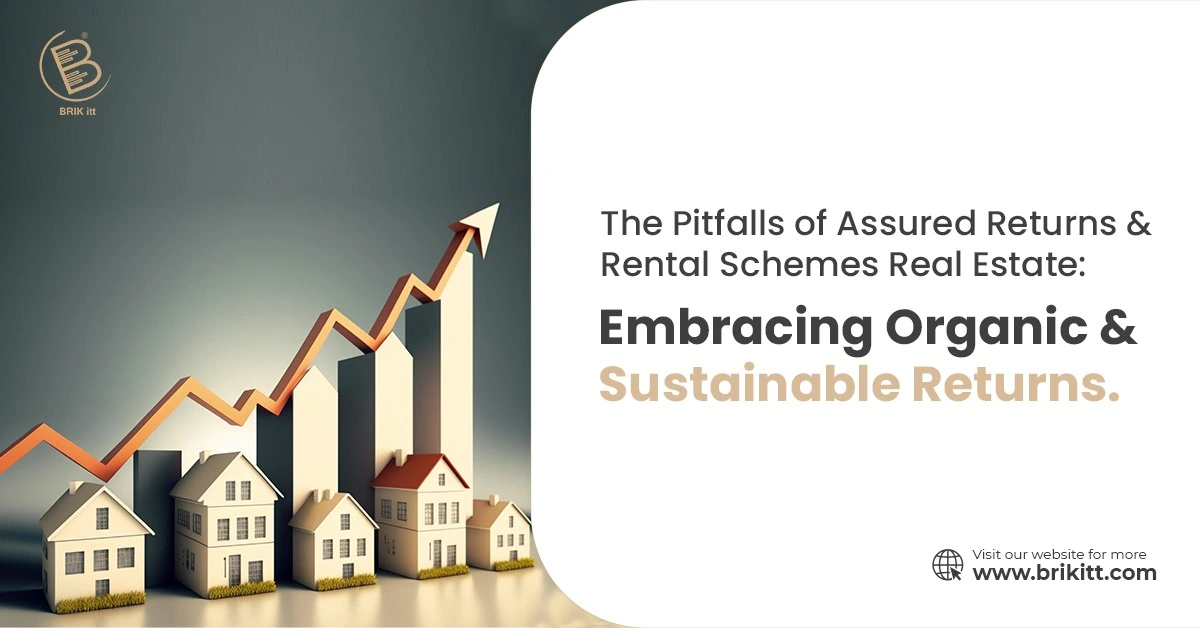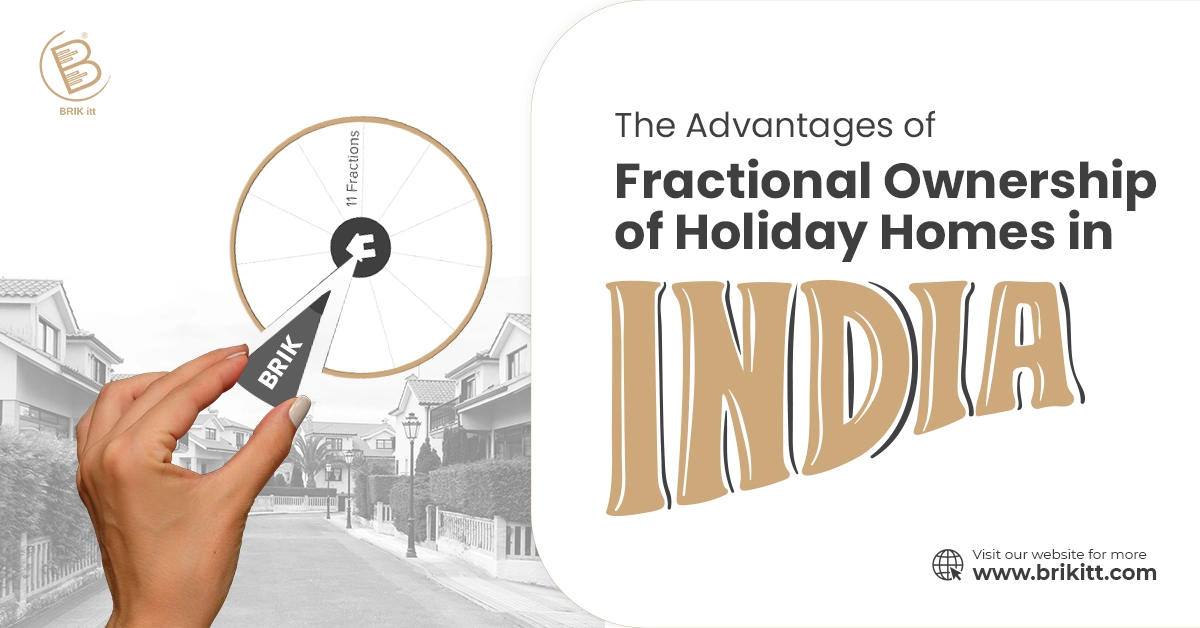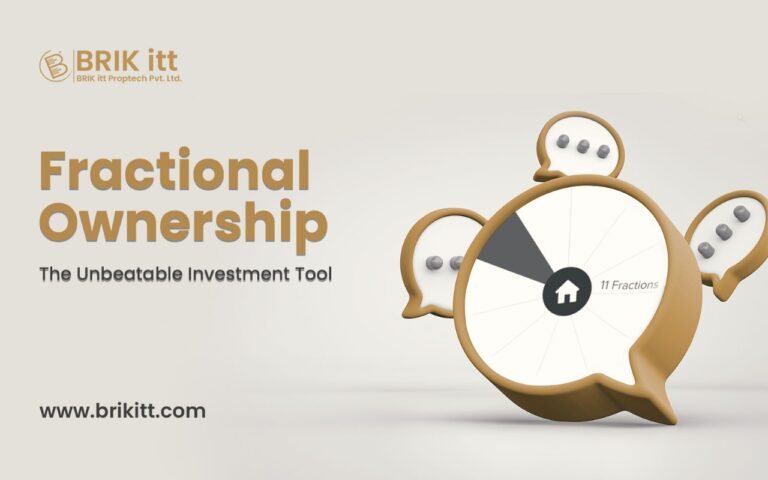Introduction:
Real estate investment has long been regarded as a secure avenue for wealth creation. However, the allure of assured returns and rental schemes can be deceiving, as these seemingly attractive propositions often carry hidden risks and impracticalities. In this article, we will explore the pitfalls associated with assured returns and rental schemes in real estate, emphasizing the importance of embracing organic and sustainable returns for a more stable and reliable investment strategy.
Lack of Transparency:
Assured returns and rental schemes often promise fixed and guaranteed income streams, luring investors with the prospect of a steady financial return. However, these promises can be misleading, as they may lack transparency regarding the actual mechanisms and sources of generating those returns. Investors may find themselves in the dark about how their money is being utilized and whether the promised returns are genuinely sustainable.
Market Dependency:
Assured returns and rental schemes are typically contingent on the performance of the real estate market. In a dynamic and unpredictable market, relying on fixed returns can lead to disappointment when property values fluctuate. Organic and sustainable returns, on the other hand, are built on the intrinsic value and potential growth of the property, allowing investors to weather market volatility more effectively.
Unrealistic Expectations:
Investors attracted to assured returns may be enticed by promises of high, fixed percentages without fully understanding the associated risks. In reality, such schemes may not be able to consistently deliver the promised returns, leading to disillusionment among investors who expected a financial windfall. Sustainable returns, based on realistic assessments of property value and potential, provide a more grounded and reliable investment strategy.
Lack of Flexibility:
Assured returns often come with fixed terms and conditions, leaving investors with limited flexibility to adapt to changing circumstances. Organic returns, on the other hand, allow for a more dynamic approach, enabling investors to adjust their strategies based on market trends, property developments, and economic shifts.
Sustainability and Long-Term Growth:
Assured returns and rental schemes may prioritize short-term gains over long-term sustainability. Opting for organic returns, driven by the intrinsic value and growth potential of a property, promotes a more enduring and robust investment strategy. Sustainable returns align with the principles of long-term wealth creation, providing a solid foundation for future financial stability.
Conclusion:
While the allure of assured returns and rental schemes in real estate may seem appealing at first glance, the risks and impracticalities associated with these models can outweigh the benefits. Embracing organic and sustainable returns provides investors with a more transparent, flexible, and realistic approach to real estate investment. By focusing on the intrinsic value and long-term growth potential of properties, investors can build a foundation for enduring financial success in the dynamic world of real estate.








